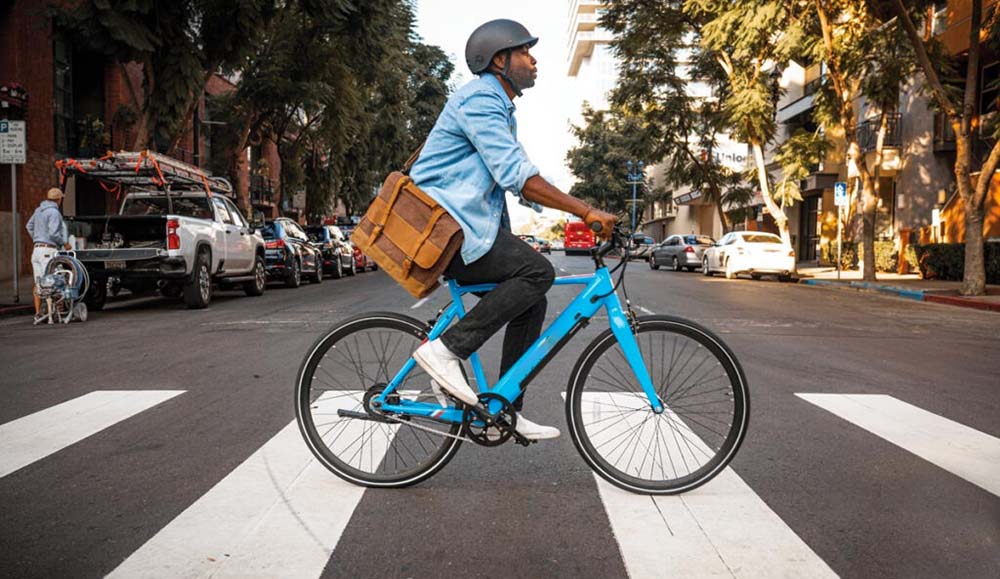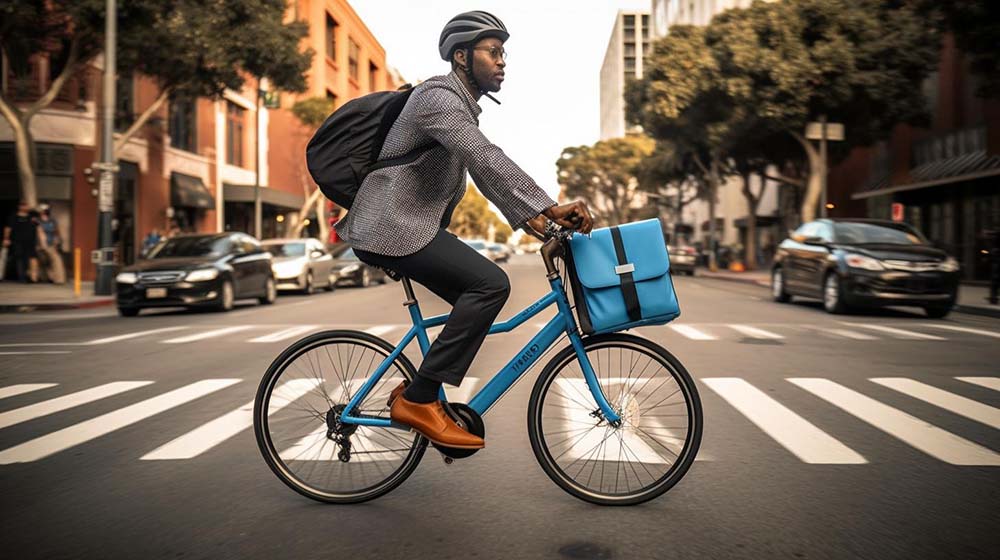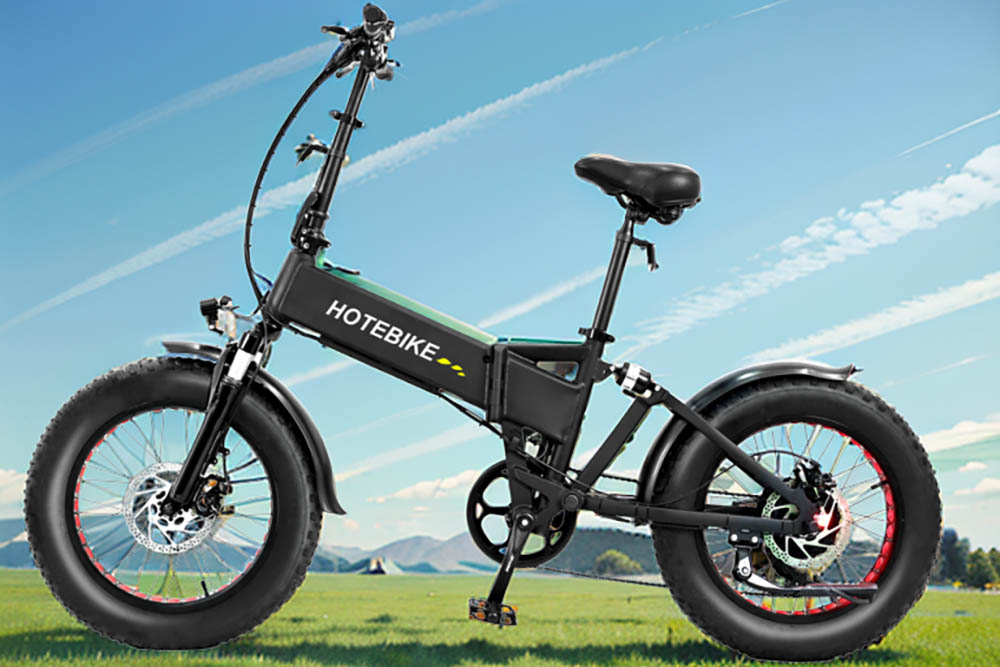Do Electric Bikes Need to Be Registered?
Electric bikes have exploded in popularity in recent years as an eco-friendly and convenient form of transportation. However, e-bike laws and regulations vary widely between states and local jurisdictions. One frequent question among new electric bike owners is whether electric bikes need to be registered. Below we dig into e-bike registration requirements and how they differ across the United States.
E-Bike Classification
To understand e-bike registration, it helps to first cover the different classes of e-bikes as defined by US laws:
Class 1: E-bikes with pedal-assisted speeds up to 20 mph. The motor only provides assistance when the rider is pedaling. These do not require registration in most states.
Class 2: E-bikes with throttle-controlled speeds up to 20 mph. The motor can propel the bike without pedaling. These are more likely to require registration.
Class 3: E-bikes with pedal-assisted speeds up to 28 mph. Currently legal in only a handful of states. Often subject to registration.
Off-road e-bikes: E-mountain bikes and e-fat bikes meant for trail riding. Rules vary by state and local laws.
E-Bike Registration by State
E-bike registration requirements differ widely across the US. Below we cover which states require e-bike registration and titling:
States requiring registration: AL, AK, FL, GA, IN, IA, LA, MI, NC, ND, NH, NV, OH, RI, SC, UT, VA, WI, WA
States not requiring registration: AZ, CA, CO, CT, DE, HI, ID, IL, KS, KY, ME, MD, MA, MN, MO, MT, NE, NJ, NM, NY, OR, PA, SD, TN, TX, VT, WV, WY
Some states have additional classifications and requirements:
California: Only class 3 e-bikes need to be registered
New York: Only class 3 e-bikes need to be registered if capable of over 30 mph
Texas: Only class 3 e-bikes need to be registered
Consult your local DMV laws to understand requirements in your state and municipality.
Local Laws
Some cities and counties impose additional registration rules for electric bikes:
Chicago requires e-bike registration.
New York City requires e-bike registration.
San Francisco requires registration for class 3 e-bikes.
Check in with local authorities to determine if municipal or county ordinances require e-bike registration in your area.
E-Bike Registration Process
Registering an e-bike is similar to registering a moped or motor-driven cycle. You will likely need to:
Complete an application with the DMV, including VIN, make, model, year, and purchase price.
Show proof of ownership and ID when applying.
Pay registration fees, which are generally cheaper than auto registration.
Receive license plates or registration sticker to affix to your e-bike.
Renew registration annually.
Consult your DMV for full details on required documents, costs, and process.
Key Takeaways on E-Bike Registration
E-bike regulations for licensing, registration, and use vary widely between states and local jurisdictions. Around 20 states require e-bike registration, while 30 states do not. Some local laws also require registration. Class 1 and 2 e-bikes usually don’t require registration. Faster class 3 often do. Check your local laws.
Registering an e-bike is similar to registering a moped or motor vehicle. Check with your DMV for specifics. When in doubt, contact your DMV or local authorities to determine registration requirements in your area. Ride safely and legally! Be sure to understand the e-bike laws in any state or region where you plan to ride.

Ready to Buy an E-bike?
We hope this guide has helped elucidate e-bike registration requirements across the country. Please contact us if you need any assistance understanding the e-bike laws and registration process. Our e-bike specialists are happy to advise you and help find the perfect electric bike to suit your riding needs!
Benefits of Registering Your Electric Bike
While registration requirements may vary, there are advantages to voluntarily registering your electric bike, even if it is not mandatory. These benefits may include:
Proof of Ownership: Registering your electric bike provides official documentation establishing your ownership, which can be valuable in case of theft or disputes.
Recovery Assistance: In the unfortunate event that your electric bike is stolen, having it registered can aid law enforcement agencies in the recovery process.
Insurance Coverage: Some insurance providers offer coverage for registered electric bikes, providing financial protection against theft, damage, or accidents.
Compliance with Local Laws: Registering your electric bike ensures that you are abiding by local regulations and contributing to a safer riding environment.
Tips for Riding an E-Bike Safely
Electric bikes provide a fun and eco-friendly way to get around, but they handle differently than traditional bicycles. Here are some key tips for safely operating your e-bike:

Learn the Power Band
E-bikes deliver power differently than regular bikes. Take time to learn how your e-bike responds to pedaling versus using the throttle.
The power band on most e-bikes is 0-20 mph. Understand how your bike handles acceleration and braking within this zone.
Use Caution When Starting
E-bikes can jolt forward swiftly from a stop. Use caution and gentle throttle when first taking off to avoid losing control.
Brace yourself when starting and accelerating to avoid being thrown off balance. Engage your core and grip handlebars firmly.
Modulate Your Speed
The throttle makes it easy to go fast, but don’t override your skills or the conditions. Modulate your speed for safety.
Use lower assist levels until you gain experience controlling your e-bike at higher speeds. Build up to higher throttle gradually.
Allow Longer Braking Distance
E-bikes are heavier than regular bikes and can’t stop on a dime. Give yourself extra braking distance.
Apply brakes early and gradually to come to smooth stops. Avoid sudden hard braking that can cause skidding.
Stay Focused on the Road
It’s tempting to admire the scenery, but focus your eyes on the road to avoid hazards like potholes.
Both hands on the handlebars helps maintain control. Avoid distracted riding behaviors.
Shift Your Weight for Turns
Electric bikes can move faster, so proactively lean and shift body weight into turns.
Supply counter-steering pressure on the handlebars to smoothly lean the bike into turns.
Practice makes perfect! Ride conservatively as you get accustomed to the power and handling of your new electric bike. Over time, these tips will become second nature. Stay safe and have fun!
Conclusion
In summary, the registration requirements for electric bikes depend on various factors, including motor power, maximum speed, and local regulations. While many jurisdictions treat electric bikes as bicycles and do not mandate registration, it is crucial to familiarize yourself with the specific laws in your area. Voluntarily registering your electric bike can offer benefits such as proof of ownership, recovery assistance, and potential insurance coverage. Remember to stay informed about the regulations in your region to ensure a safe and enjoyable riding experience.
Sign up for our email list and be entered to win a Pioneer Electric Bike
 Shuangye ebike
Shuangye ebike

